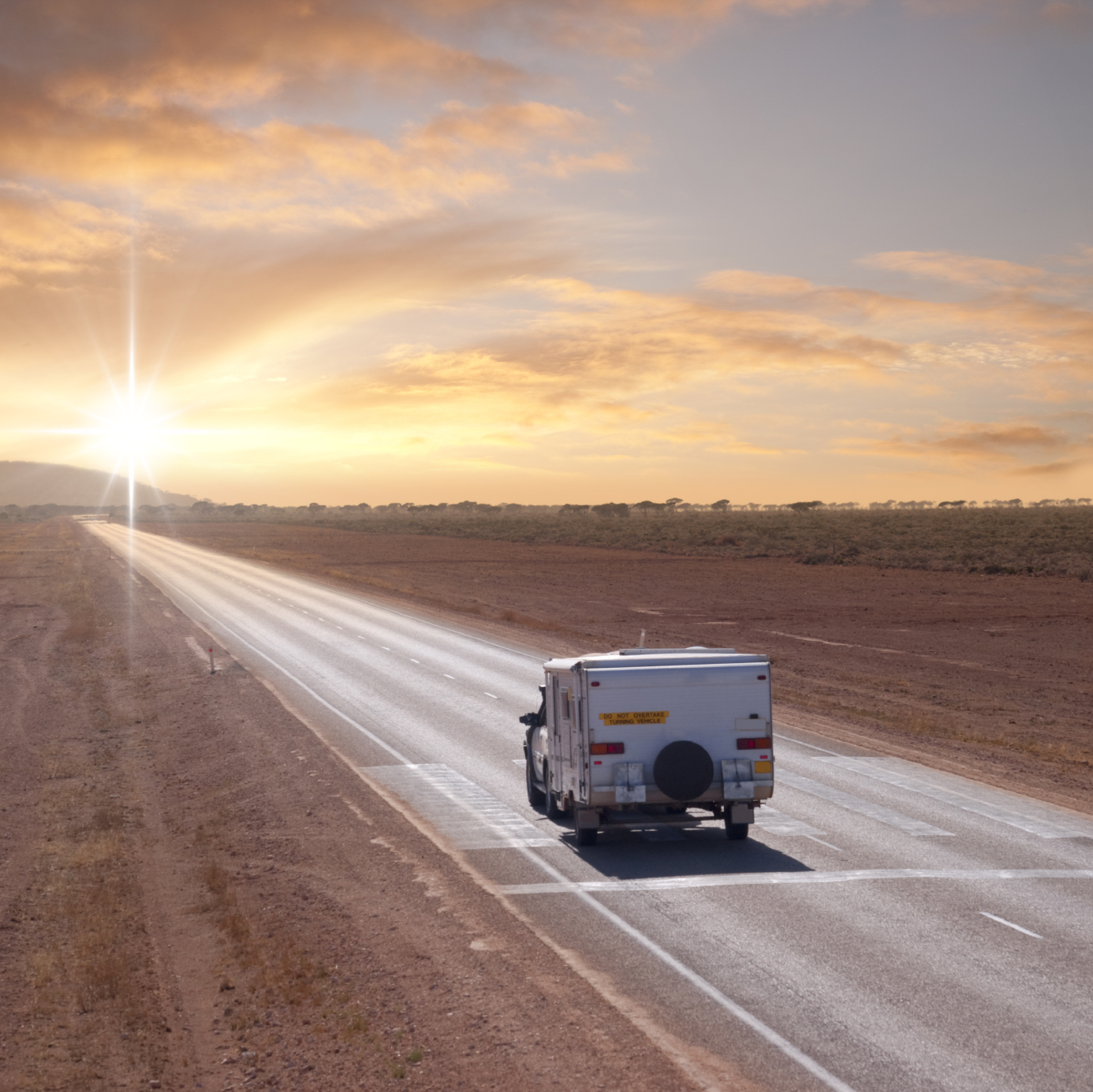The coupling is the vital link that joins your trailer to the towing vehicle. There are many different kinds of coupling available – the one that best suits you depends on the load you’re hauling and where you want to take it.
Let’s look at the coupling options are on the market and where they are best used.
Fixed coupling
Fixed coupling is usually suited to a 50mm Australian Standard tow ball. It’s used either when no brakes are fitted to the trailer, or when the braking system does not require activation.
Typical applications are for domestic trailers up to 750kg loaded mass where no brakes are required, or for trailers over 2,000kg with independent brake systems that are electric or power operated.
Fixed types for 50mm tow balls is suitable for up to 3,500kg total laden trailer mass, as long as the appropriate braking system is fitted to the trailer.
Override brake coupling
Suitable for trailers between 750kg and 2,000kg total laden mass, the override coupling is a sliding shaft attached to the tow ball housing.
As the towing vehicle slows, the deceleration is passed through the coupling shaft to either a mechanical linkage (for mechanical brakes) or a hydraulic cylinder, providing pressure to a braking system (hydraulic brakes).
This is efficient if the ball load is not excessive and when load-levelling devices are not used, as these they impede the smooth operation, hindering the brake performance.
Sway control coupling
A sway control coupling is specifically designed to reduce sway on trailers up to 2,500kg and with a maximum tow ball weight of 250kg. It works by gripping the sides of the tow ball, thus slowing down any tendency for the trailer to sway or veer.
Ring type coupling
This style is similar in function to ball type, but instead of the connection to the tow vehicle being a standard 50mm ball, it’s a 75mm inside diameter ring attached to a pintle hook fitted on the towing vehicle.
The Australian Standard AS4177 states the 50mm tow ball has a maximum capacity of 3,500kg loaded trailer mass. Ring coupling is used for heavier loads.
Pintle
The pintle hitch uses a tow ring configuration to secure to a hook or ball combination. Originally designed for farming and military vehicles, it has limited sideways movement and is mainly used for very heavy-duty towing.
Off-road coupling
When you’re hauling your trailer down gullies and across rocky streams, standard coupling just won’t make the grade. Off-road coupling is specifically designed to offer 360-degree articulation and a positive tow ball latching system, so you know that it will follow you anywhere.
With such variety, how do you know you are getting the best coupling for your trailer? Apart from being suitable for your vehicle and the load you’re hauling, look for durability, warranty and maintenance instructions.
The amount of weight you put in your trailer has an immediate impact on the performance of your coupling. Take a look at why it’s important not to overload your trailer.




